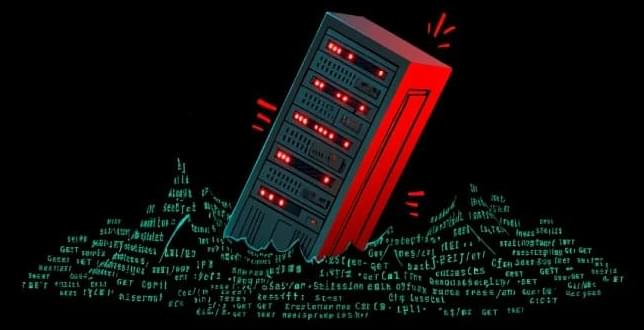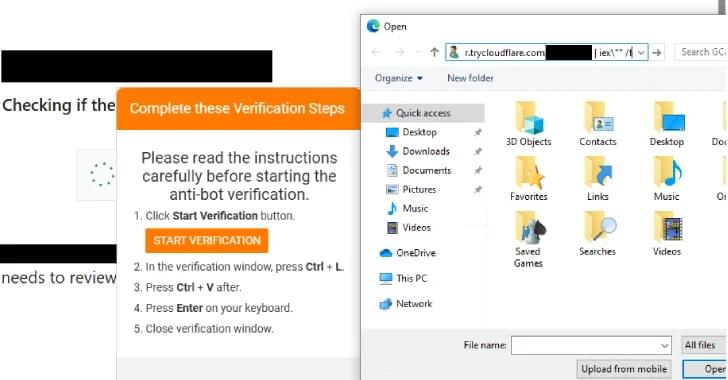Cloudflare on Tuesday said it mitigated 7.3 million distributed denial-of-service (DDoS) attacks in the second quarter of 2025, a significant drop from 20.5 million DDoS attacks it fended off the previous quarter.
“Overall, in Q2 2025, hyper-volumetric DDoS attacks skyrocketed,” Omer Yoachimik and Jorge Pacheco said. “Cloudflare blocked over 6,500 hyper-volumetric DDoS attacks, an average of 71 per day.”
In Q1 2025, the company said an 18-day sustained campaign against its own and other critical infrastructure protected by Cloudflare was responsible for 13.5 million of the attacks observed during the time period. Cumulatively, Cloudflare has blocked nearly 28 million DDoS attacks, surpassing the number of attacks it mitigated in all of 2024.









